Artificial intelligence is no longer a distant trend in software engineering—it is rapidly becoming an integral part of the developer’s toolkit. From code generation to debugging, AI-powered tools are reshaping how software is designed, built, and maintained. This surge in AI-assisted development is driven by advances in machine learning models, integration with major cloud platforms, and a growing demand for speed and efficiency.
In this article, we evaluate the leading AI tools used in software development, compare AI-powered services across AWS, Google Cloud, and Microsoft Azure, and provide a comprehensive guide for developers and engineering teams.
Why AI-Assisted Software Development Tools Are Trending
According to recent Google Trends data in the UK, interest in "AI tools for software development" has seen a significant rise in Q1 2025, reflecting a broader global movement toward automation in software engineering. This trend aligns with:
- Developer productivity demands
- Shorter release cycles in DevOps pipelines
- A skills gap in advanced programming domains
- Enterprise interest in AI/ML-driven solutions
Each platform not only offers AI tooling but increasingly integrates it with CI/CD workflows, serverless environments, and container orchestration systems like Kubernetes.
Answering Top Google Search Queries: "AI tools used for software development"
Q1: What are the best AI tools for developers in 2025?
A: GitHub Copilot, Amazon CodeWhisperer, Google Codey, and OpenAI Codex remain dominant. Tools like Tabnine and Claude are also gaining traction due to privacy and contextual reasoning.
Q2: Are AI coding assistants safe for enterprise use?
A: Yes, especially tools integrated with access controls (AWS IAM, Azure DevOps) and transparency models like Abacus.AI.
Q3: How do I integrate AI coding tools with CI/CD workflows?
A: GitHub Actions + Copilot, AWS CodePipeline + CodeWhisperer, and GCP Cloud Build + Codey are the top integrations in 2025.
Q4: Can these tools help with debugging and documentation?
A: Absolutely. Copilot, Claude, and Tabnine assist with docstring generation, error detection, and explanatory comments.
Final Thoughts
AI software development tools are not just trending—they’re becoming a necessity. Whether you're a solo developer or an enterprise engineering team, leveraging the right AI assistant can drastically improve efficiency, accuracy, and delivery speed.
To stay ahead, evaluate your current workflows, match them with the right AI tools, and monitor performance outcomes. As cloud platforms race to make AI-native development the new standard, developers who adapt early will have a distinct competitive edge.
Written for UK-based developers and tech leaders tracking the evolution of AI and cloud-native software development.








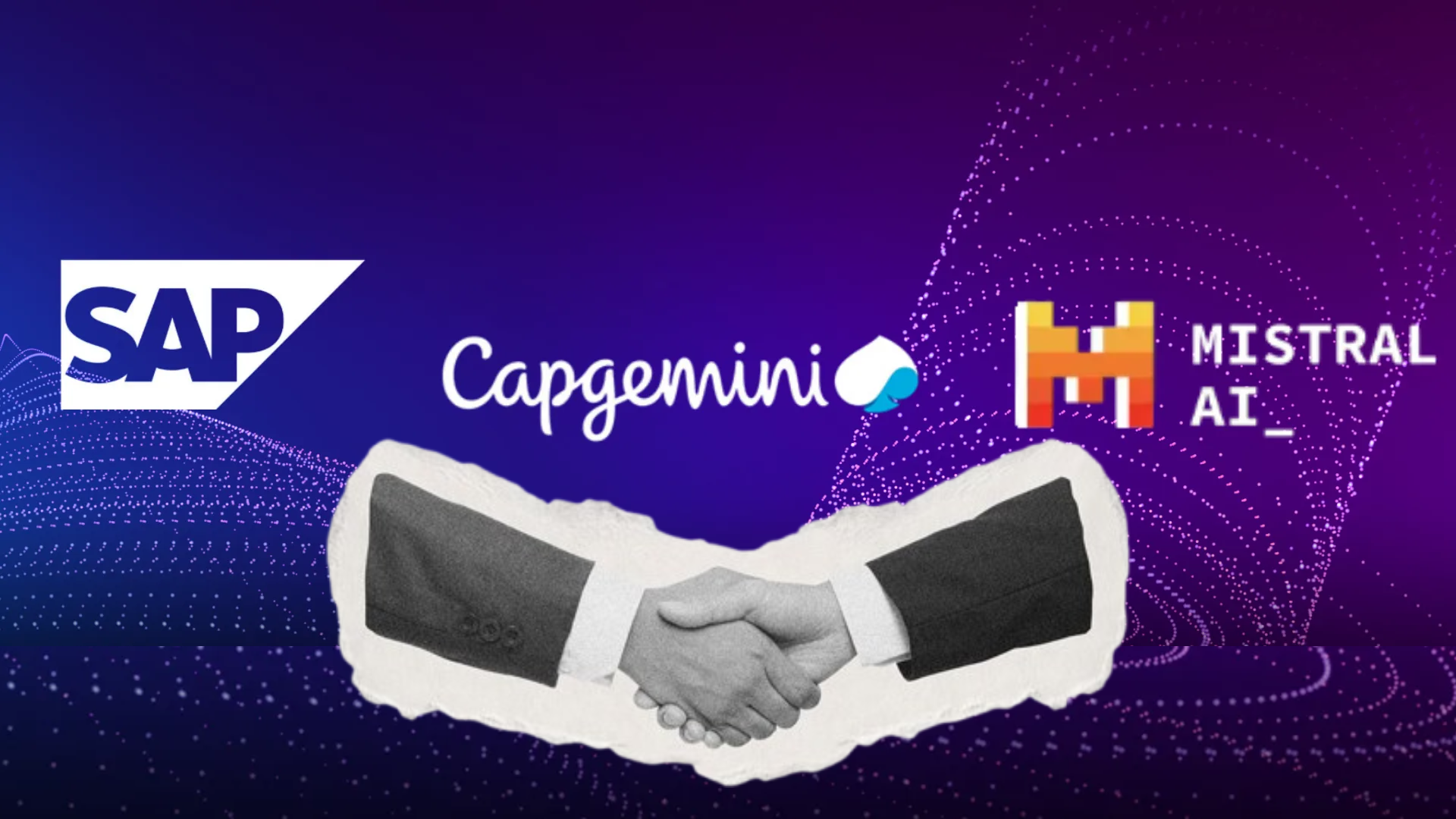

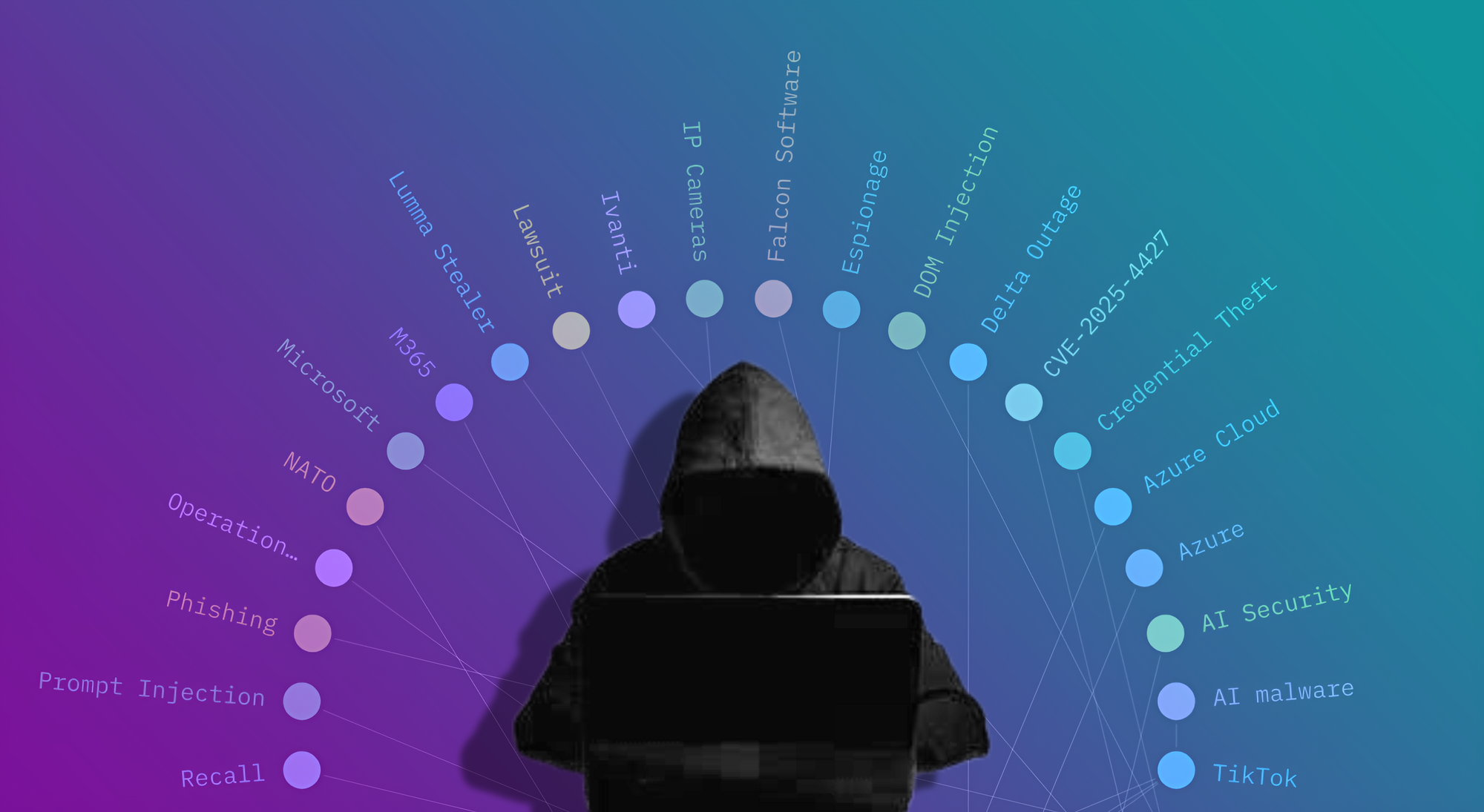
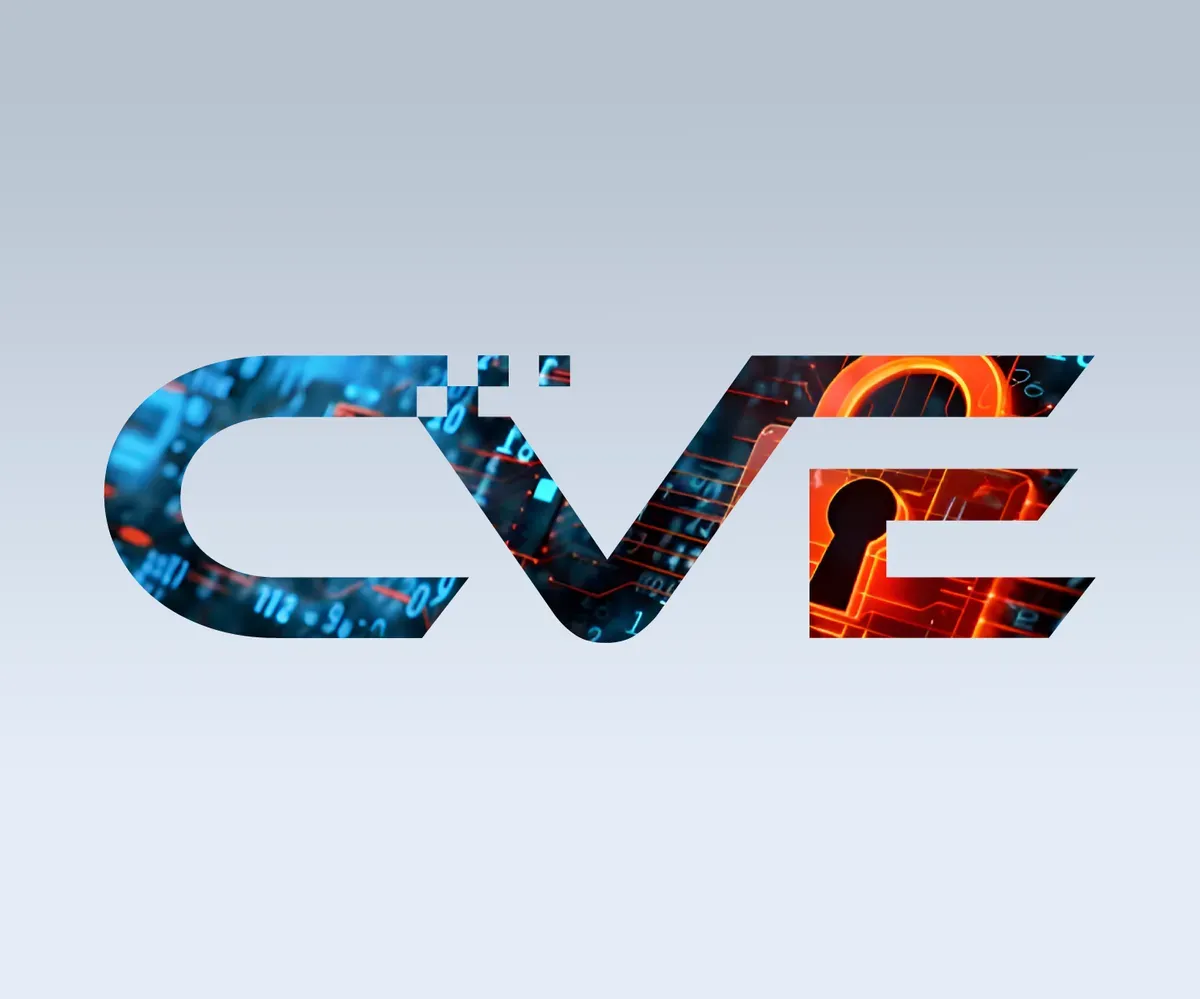


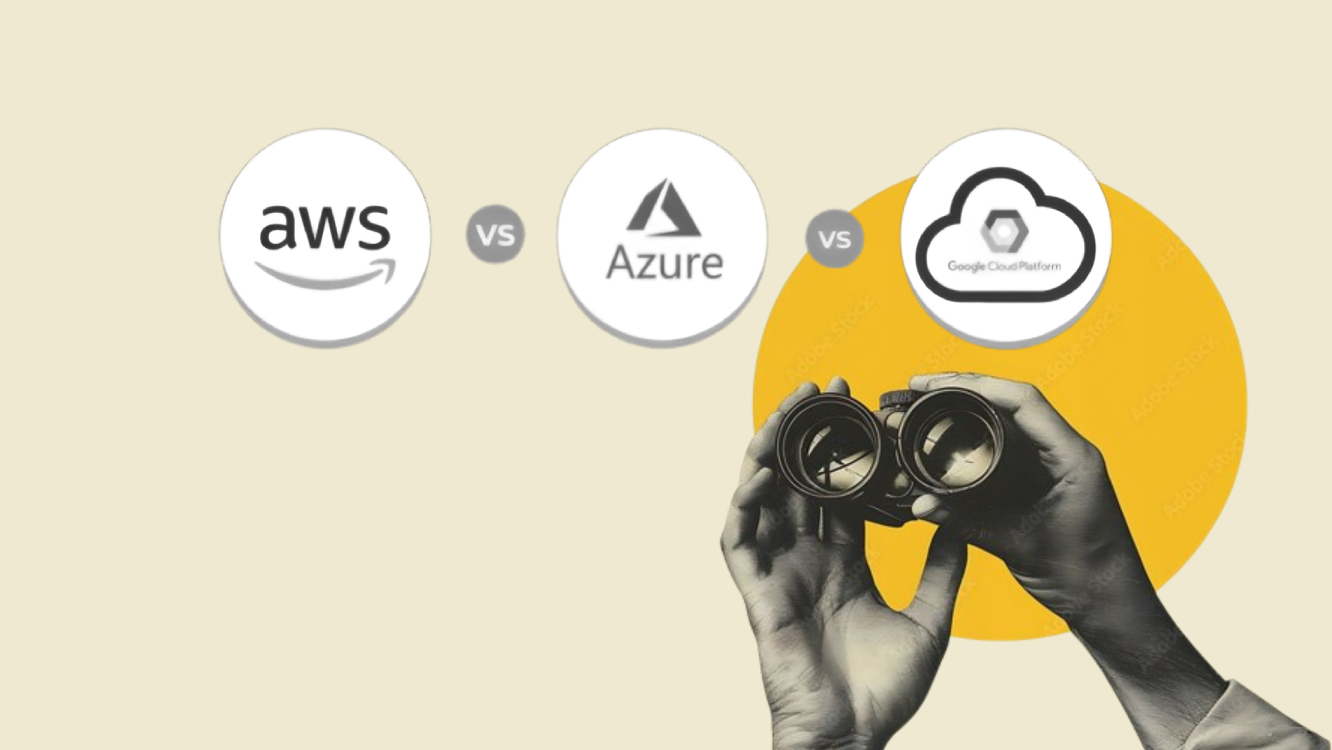

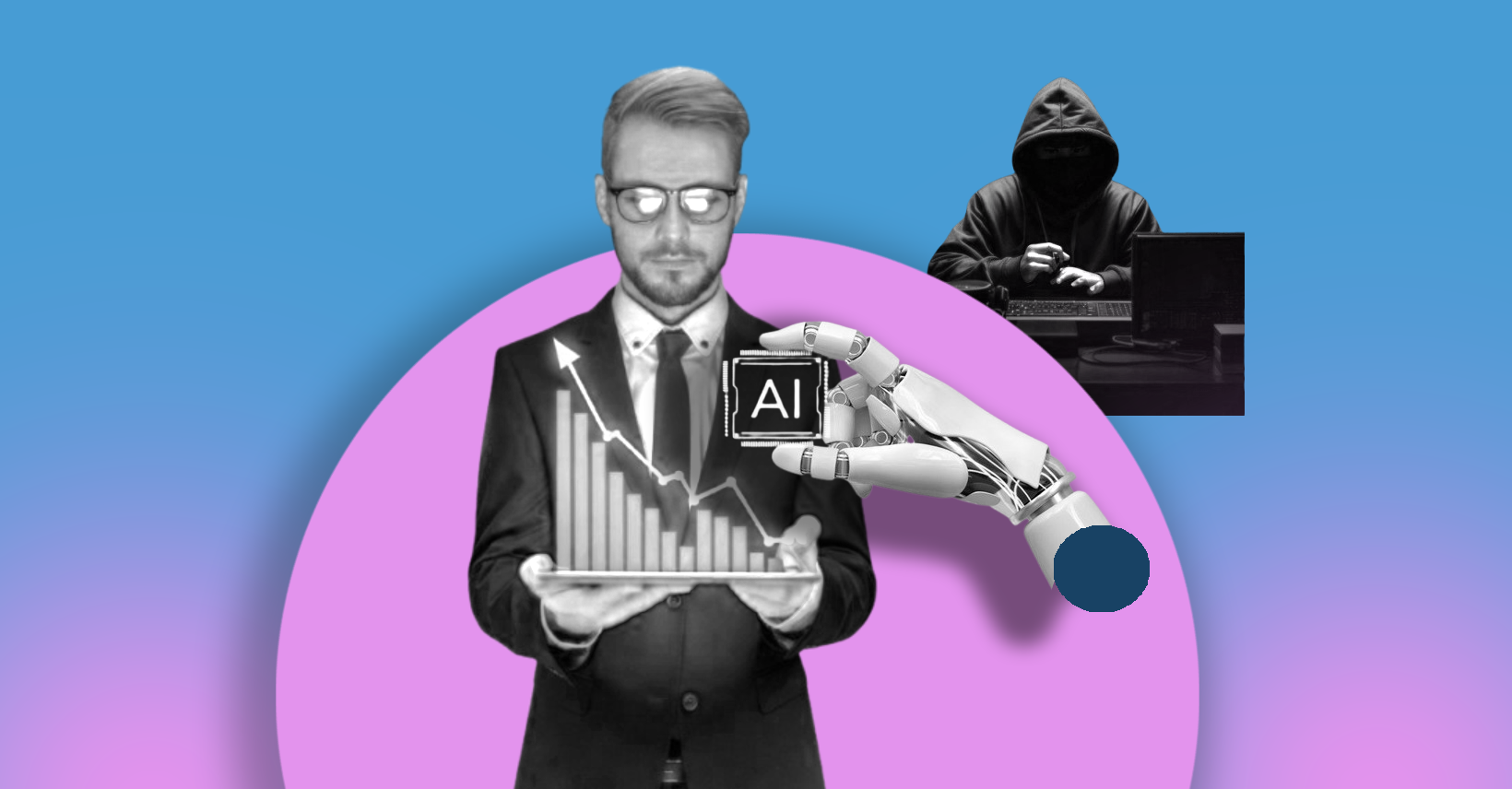


Discussion